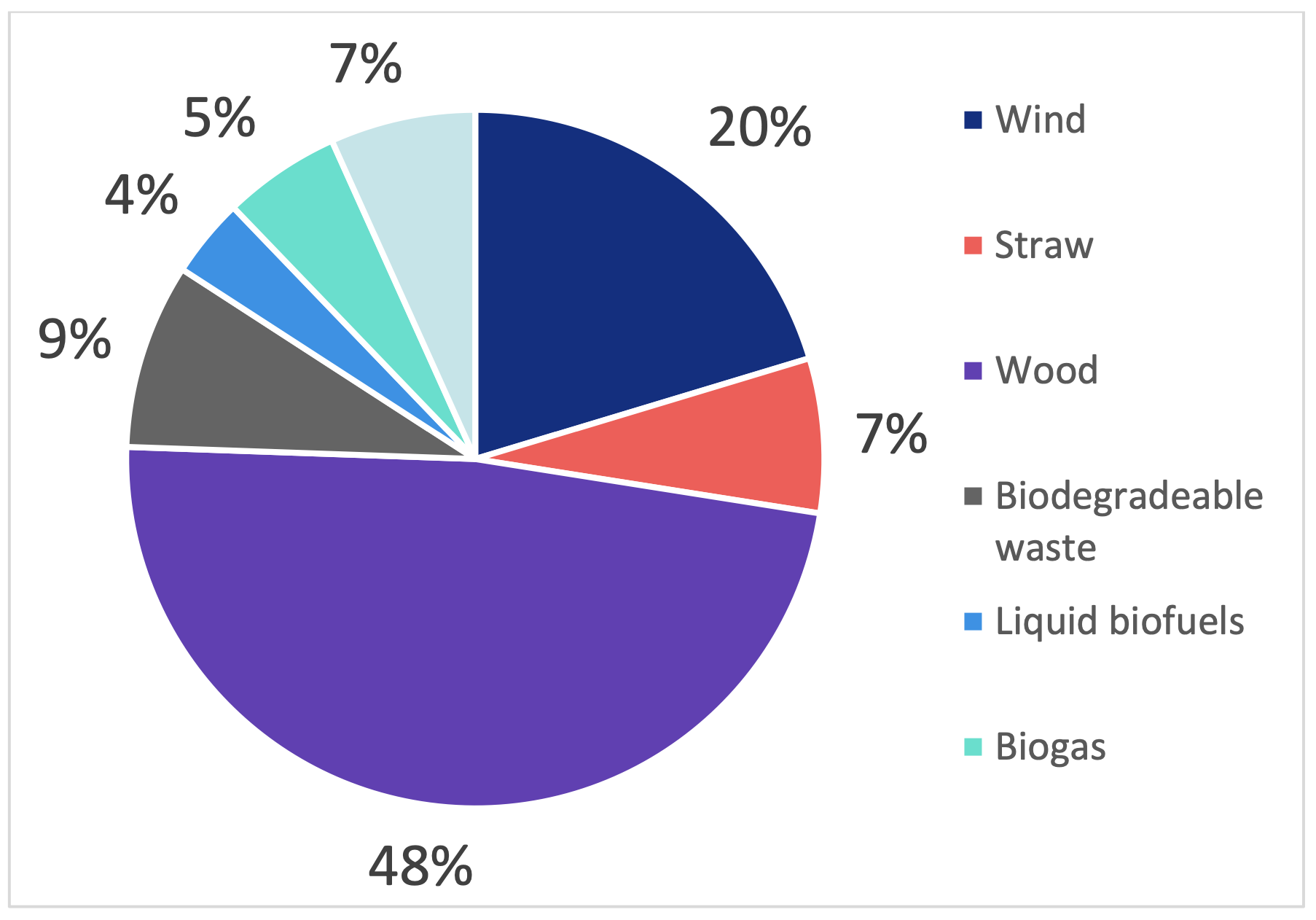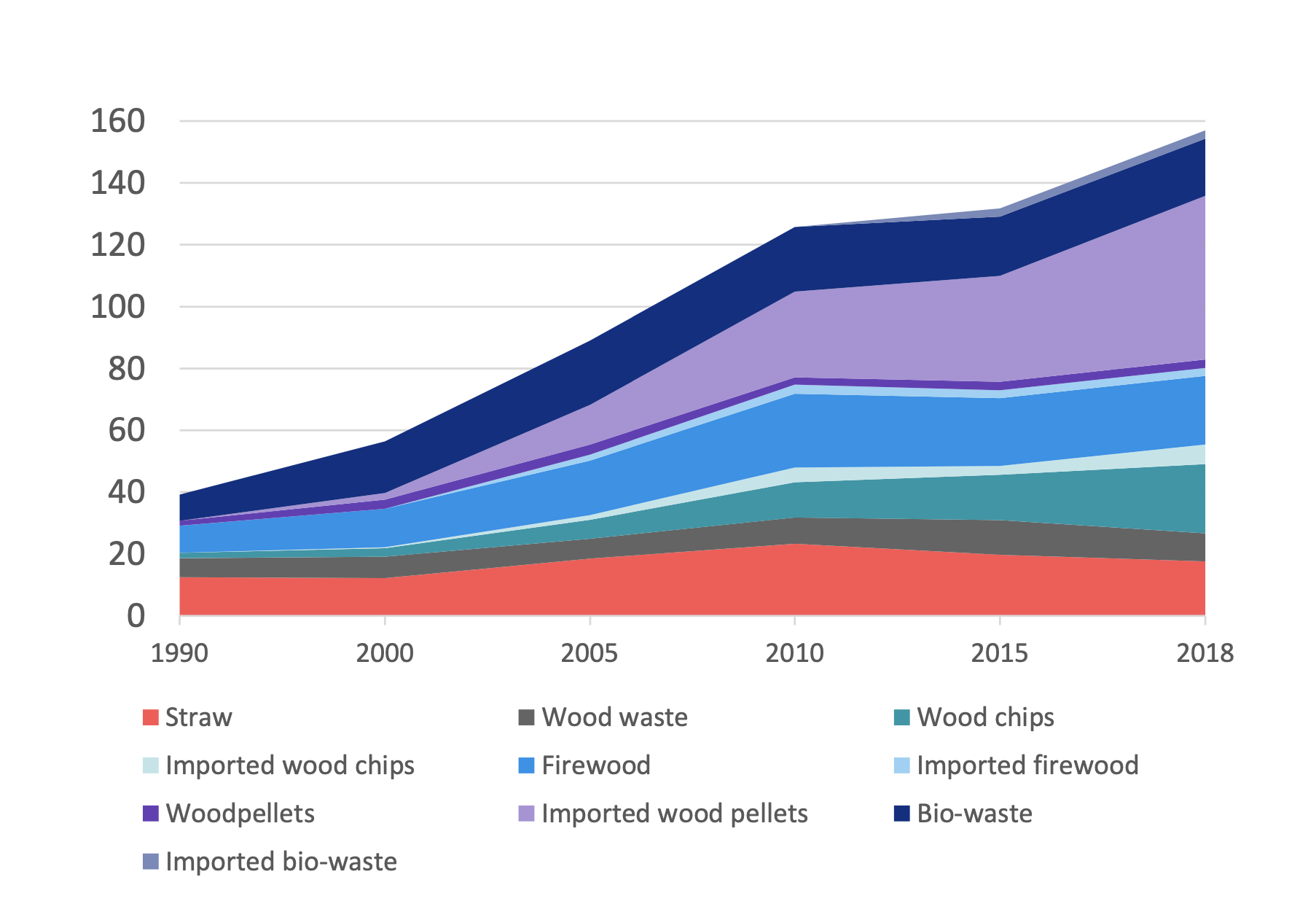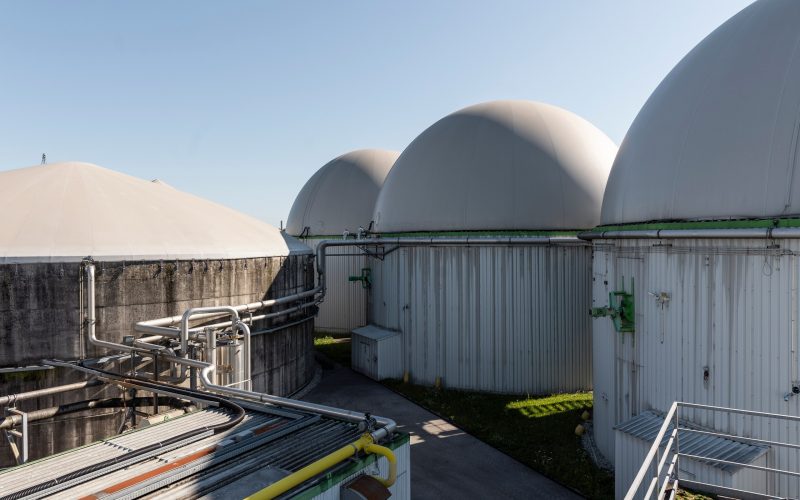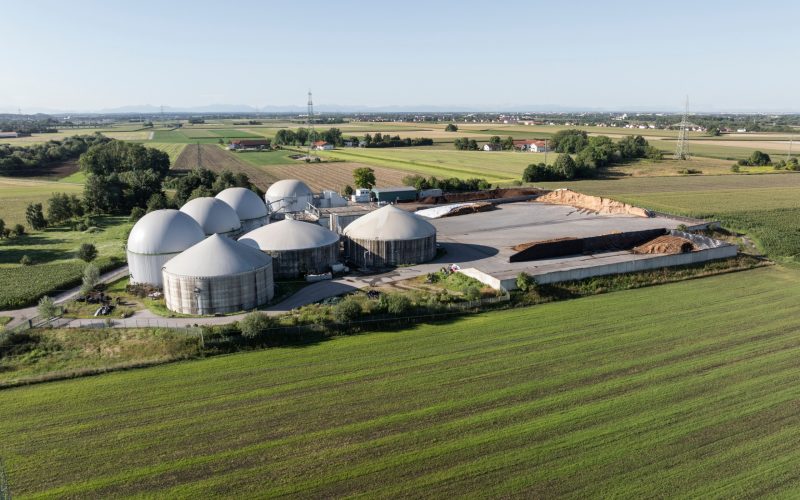Straw to Energy – an experience of Denmark
As part of the implementation of the European project AgroBioHeat, funded by the Horizon 2020 program, a new edition of the Danish brochure “Straw to Energy” was prepared.
Straw as a source of energy
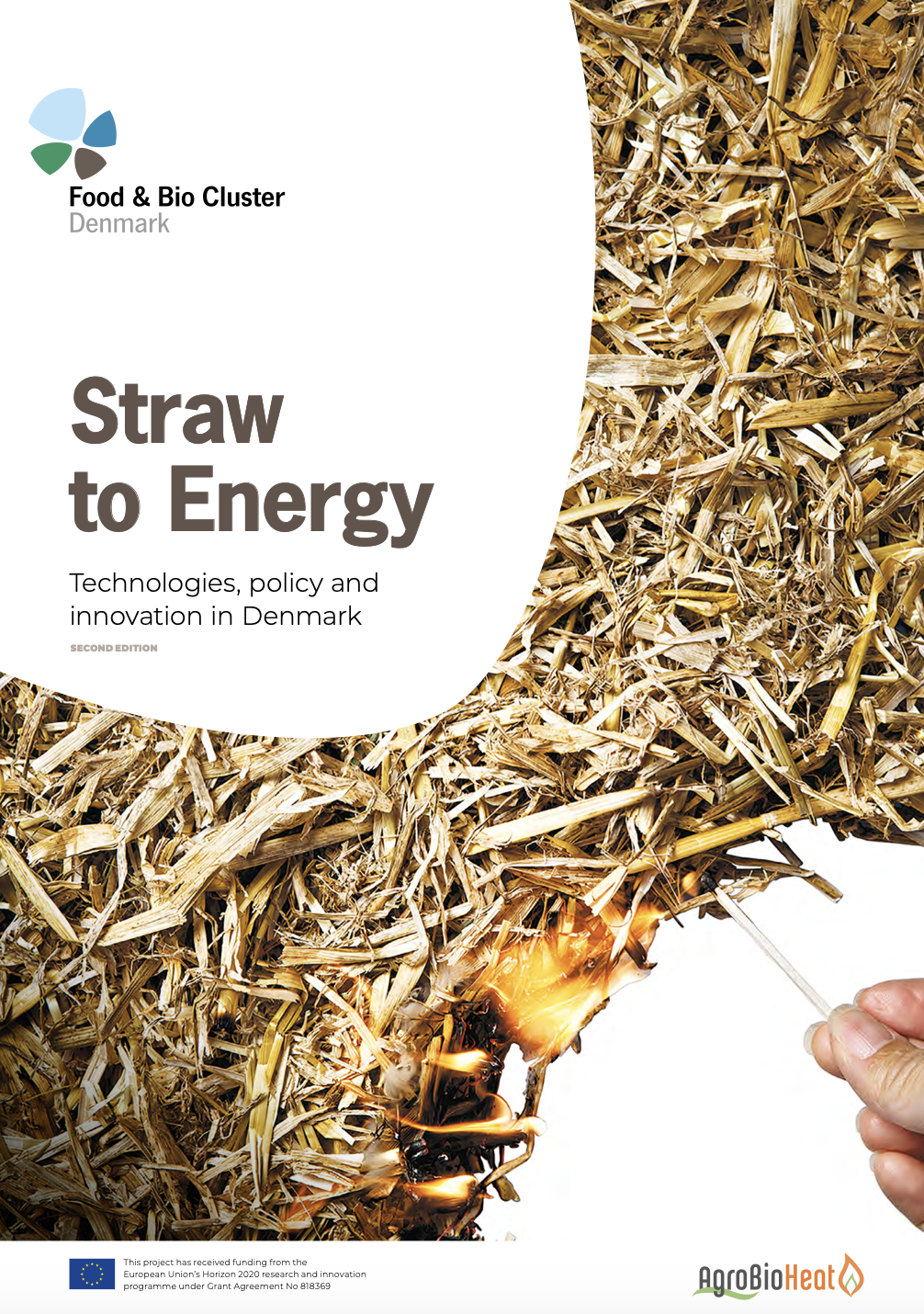
Straw can be a powerful source of renewable energy, as the example of Denmark shows.
The use of straw for energy production in Denmark has increased significantly since the 1980’s, but there are still more than two million tonnes of surplus straw available, and if the right varieties are grown, the surplus can be even larger. In recent years, some environmental organizations – among others – have been questioning the increasing use of biomass for energy production. However, when it comes to straw (as well as other residues and by-products) of which there is a considerable surplus, energetic utilization makes sense.
The biggest advantage of using straw in the energy sector is that it is a CO2-neutral fuel, which does not contribute to an increase of the atmosphere’s content of greenhouse gases. Only a few decades ago, straw was considered a problematic residue, which farmers wanted to dispose of as quickly as possible. The part of the straw which was not used for feed or bedding was typically burnt in the fields after harvest. However, in 1991, field burning became illegal, and since then there has been a greater focus on using a straw for energy purposes.
Denmark is a world leader in the energy use of a straw. In the structure of RES consumption, straw is 7%; in the structure of biomass consumption – about 13%. The experience of this country is useful and interesting for Ukraine.
Thanks to targeted policies and technological developments, Denmark has become a global leader in straw utilization for energy. Straw amounts to more than 2% of the Danish gross energy consumption production and around 10% of renewable energy production. At the moment, straw is primarily used as fuel at individual farm plants, at district heating plants, and in large power and CHP plants. In the future, as new technologies mature and become more cost-effective, straw may also be used for the production of liquid biofuels and renewable gases as well as a feedstock for various bio-based materials and products.
The present guide focuses on the straw-to-energy sector in Denmark, the prominence of which is a unique feature of the country. However, it should be noted that there are several examples of straw utilization for energy beyond Denmark, often but not always developed with Danish technologies. More information on specific cases can be found on the Agrobiomass Observatory of the AgroBioHeat project.
The AgroBioHeat project aims to produce a mass deployment of improved and market-ready agro-biomass heating solutions in Europe. Agrobiomass is a large, underexploited resource, which can support the achievement of the European Energy and Climate targets while promoting rural development and circular economy.
The translation was prepared by the Bioenergy Association of Ukraine.
